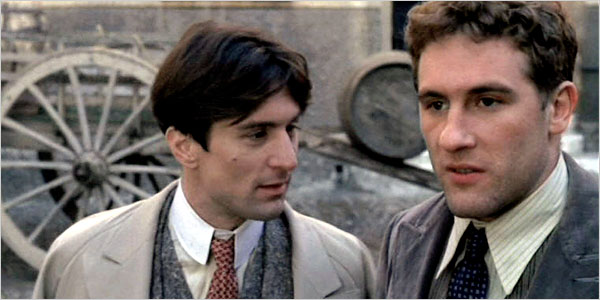
The notion of an extremely long film is, like it or not, subjective. One must consider that time passes differently to people. A 4-hour long blockbuster can run by faster than a Super Bowl commercial to its most arduous fan, and a mere 70-minute-long arthouse movie feel like an eternity to an uninterested viewer.
There are films that warrant their extensive run times, such as films that are rich and complex. Films with themes and subjects that demand time to be properly explained, explored, or fleshed out. Films whose slow and deliberate nature is the one that most effectively, and artistically, serves the story.
This list, therefore, is mostly concerned with generally acclaimed and respected films that objectively surpass your standard movie’s run time. And given that most films usually take between 100-140 minutes from start to end, all the movies on this list are more than 200 minutes long – a duration widely viewed as excessive.
10. The Leopard
Length: 3 hours 25 minutes
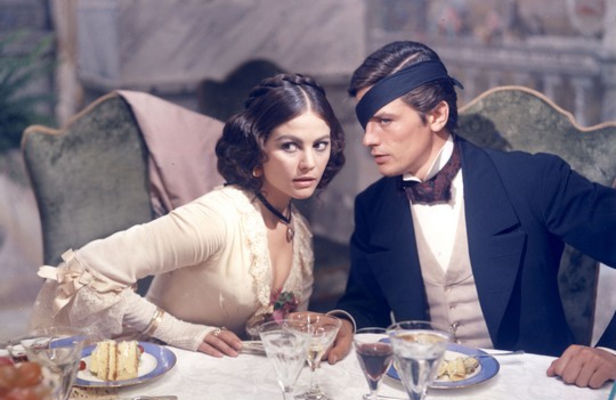
Lucchino Visconti’s name is well known among film buffs, as he was one of the leading and most important figures of the Italian neorealist movement. Alongside the likes of Roberto Rossellini and Vittorio De Sica, Visconti was fundamental to the uprising of a new cinematic language that concerned the everyday struggles of the people affected by the strifes and horrors of World War II.
Visconti’s distinctive and personal allure first came to be after the neorealist movement had died out, with the director attempting to explore themes that would become recurrent in his later work. “The Leopard” follows a noble aristocrat as he transits between the highest echelons of Italian society and the rebellious communist insurgents led by Giuseppe Garibaldi, who sparks armed conflict with the king.
Were civil war not enough, Visconti also includes familial and relationship drama into the mix, which results in an energetic and emotional film with developed characters and a rich and fascinating background – one which Visconti, a count himself, undoubtedly knew by heart.
The first of Visconti’s films to feature an international cast (American actor Burt Lancaster, French actor Alain Delon, and Italian actress Claudia Cardinale are some of the key players), “The Leopard” is a masterclass in filmmaking, even though it received a critical panning at its release.
Fortunately, the film has grown in admiration ever since, even being cited by Martin Scorsese as one the best films ever made. At almost three and a half hours long, “The Leopard” is superb, and an essential viewing.
9. Intolerance
Length: 3 hours 30 minutes
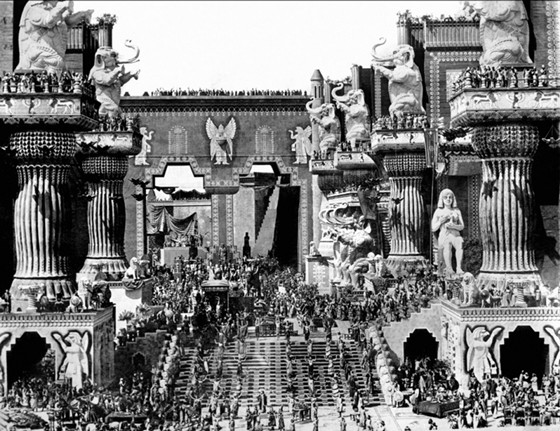
The father of American cinema, and also a man whose film kind of brought the KKK back to life, D.W. Griffith was a controversial figure. In 1915, his classic film “The Birth of a Nation” sprung to the scene to huge and immediate success. The problem is, the film was (and still, rightfully, is) viewed as prejudiced and racial-violence-inciting by many associations and critics alike. Griffith’s response to what he saw as intolerance from his detractors was, well, “Intolerance”.
Ambitious and larger than life, “Intolerance” is divided into four parallel storylines, set in different centuries altogether. Each segment has its own particular color print, which serves as a visual cue to indicate the passing of time. Told non-chronologically, and cross-cutting between segments at will, Griffith’s film is a joy to behold.
From the fall of the Babylonian empire (caused by intolerance) to a classic 1920’s crime melodrama (intolerance once again), and even passing through Jesus’s mission and death (guess the cause), “Intolerance” is intrinsically rich and complex.
Props need to be given to Griffith’s vision here, even though he’s literally comparing himself to Christ in this film. The non-conventional editing in “Intolerance” would go on to deeply influence Russian and Soviet cinematic movements, which would in turn influence the entire world.
Widely viewed as one of the greatest epics of silent cinema, “Intolerance” is a film that warrants the viewing. And in case you’re a bit hesitant on watching the work of a purported KKK supporter, it’s worth mentioning that “Intolerance” also brought about Griffith’s economic ruin.
8. The Travelling Players
Length: 3 hours 50 minutes
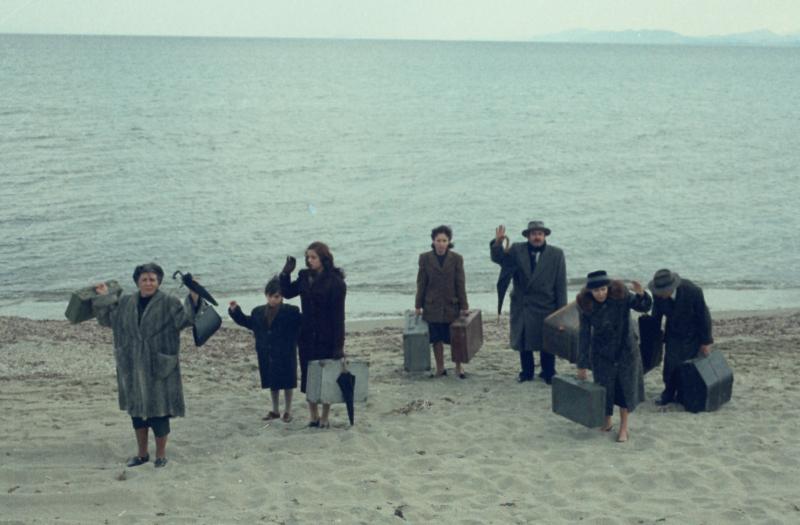
Theodoros Angelopoulos’ greatest achievement as a filmmaker has several layers. On one hand, it sets out to depict all the main historical events that took place in Greece under the period between 1939 and 1952 – the fascist dictatorship and Nazi occupation, to name a few. On the other hand, it is a bold and modern re-telling of the ancient myth of the House of Atreus, the son of a king who would murder his own brother and then be killed by the offspring of his wife and her lover.
The film follows a band of travelling players as they peregrinate through Greece, attempting to perform a famous erotic play. Little by little, the characters and their bouts of love, jealousy, and madness start being fleshed out. Some characters are murdered, some are betrayed, some are even tortured and exiled under the iron hand of dictatorship. “The Travelling Players”, albeit slow and demanding, proves itself to be rewarding and thoroughly complex.
Angelopoulos’ aesthetic style is a thing of beauty. Landscape photography combined with long static shots, and miraculously meticulous tracking shots, grant his films a touch of surrealism.
There is an almost oniric feeling to “The Travelling Players”, especially as a lot of shots move not only in space but also in time; Angelopoulos’ directing, however, is so cheekily smart that you never really see the transition from past to present or future. Most of the sequences of this film also offer a bit of downtime at some point, almost like a breather so the audience can assimilate everything they just witnessed.
One of the most criminally unsung geniuses of cinema, it’s high time to give Theo Angelopoulos his due. Why not start with the most layered, glorious, and coincidentally longest film in his slate?
7. Norte, the End of History
Length: 4 hours 10 minutes
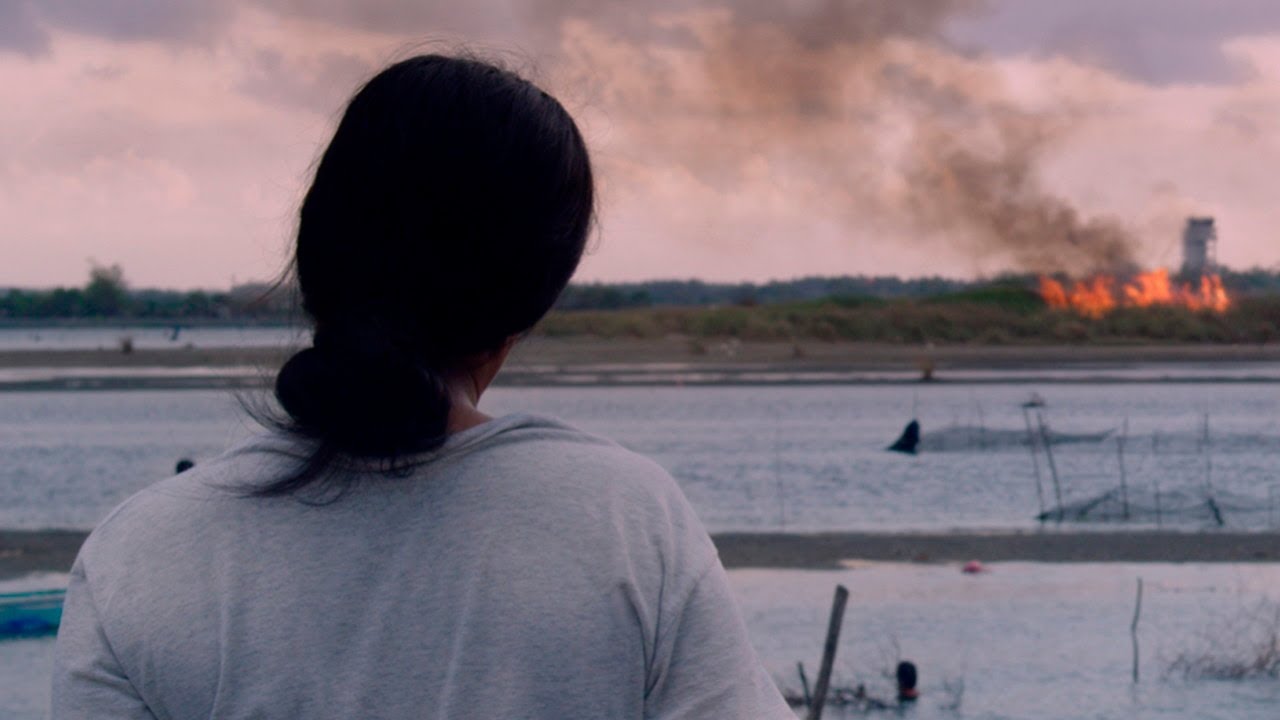
No list of great long movies would be complete without the inclusion of at least one Lav Diaz flick. One of the most expressive and prolific alums of slow cinema, Diaz has carved himself a reputation as a patient and thorough filmmaker.
His style is minimalistic, with very few camera movements and mostly static shots. He seldom moves in for close-ups, preferring to shoot in expansive angles from a distance. If that may amount to an extenuating and exhausting film in the wrong hands, it turns into a tour de force when delivered by Diaz.
“Norte, the End of History”, his most acclaimed film to date, centers around a trio of characters whose lives are utterly transformed when one of them commits a crime. Despair, misery, historical betrayal, and crimes left unpunished – all recurrent themes in Diaz’s body of work – are given minute examinations in his beautiful and harrowing opus. Featuring great performances and luscious cinematography, “Norte” was exhibited at the Un Certain Regard section at Cannes, where it received universal praise.
Although its run time can be excessive and tiresome, “Norte, the End of History” proves itself to be a compelling and entrancing experience to the more patient viewers who are up for a few rounds with this goliath of a film. If you want to get in touch with Diaz’s work, there is no better way of starting than here (especially if you take into account that this is one of his shortest movies).
6. Once Upon a Time in America
Length: 4 hours 11 minutes
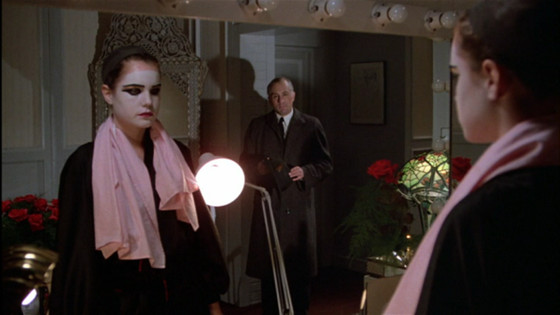
Leave it to Sergio Leone to make a masterful gangster film after proving himself to be one the greatest western auteurs of all time. Epically intimate and thematically ambitious, “Once Upon a Time in America” was Leone’s return to the director’s chair after a 13-year hiatus. And with a cast led by James Woods and a young Robert De Niro, it is no surprise that the movie turned out as good as it did.
Spanning non-chronologically throughout 48 years of the lives of two Jewish kids who, out of the ghetto, grew up to become the most prominent figures of organized crime in New York City, Leone’s final film is mostly told through flashbacks. The two main characters, now elderly, reminisce on their trajectories, and the film only shows occurrences through their perspectives. Murders, rapes, blackmails, criminal empire building – you name it, Leone’s gangster masterpiece has it.
Such an epic and life-spanning story could not have possibly been told in as many necessary details in your average 2-hour film. Leone understood perfectly well the huge challenge he had on his hands and made good use out of every moment in this film.
There is not a single scene that feels superfluous or out of place; every instance adds to either story or character, like any great screenplay should. As demanding as it may be to sit down for four straight hours, the great Italian maestro makes it all worthwhile.